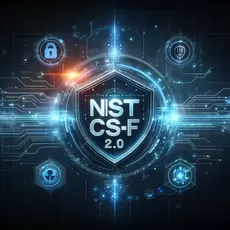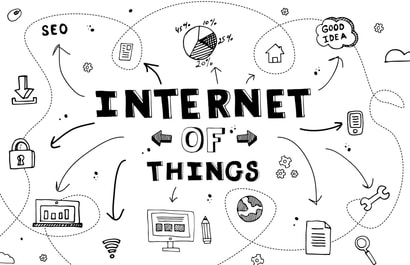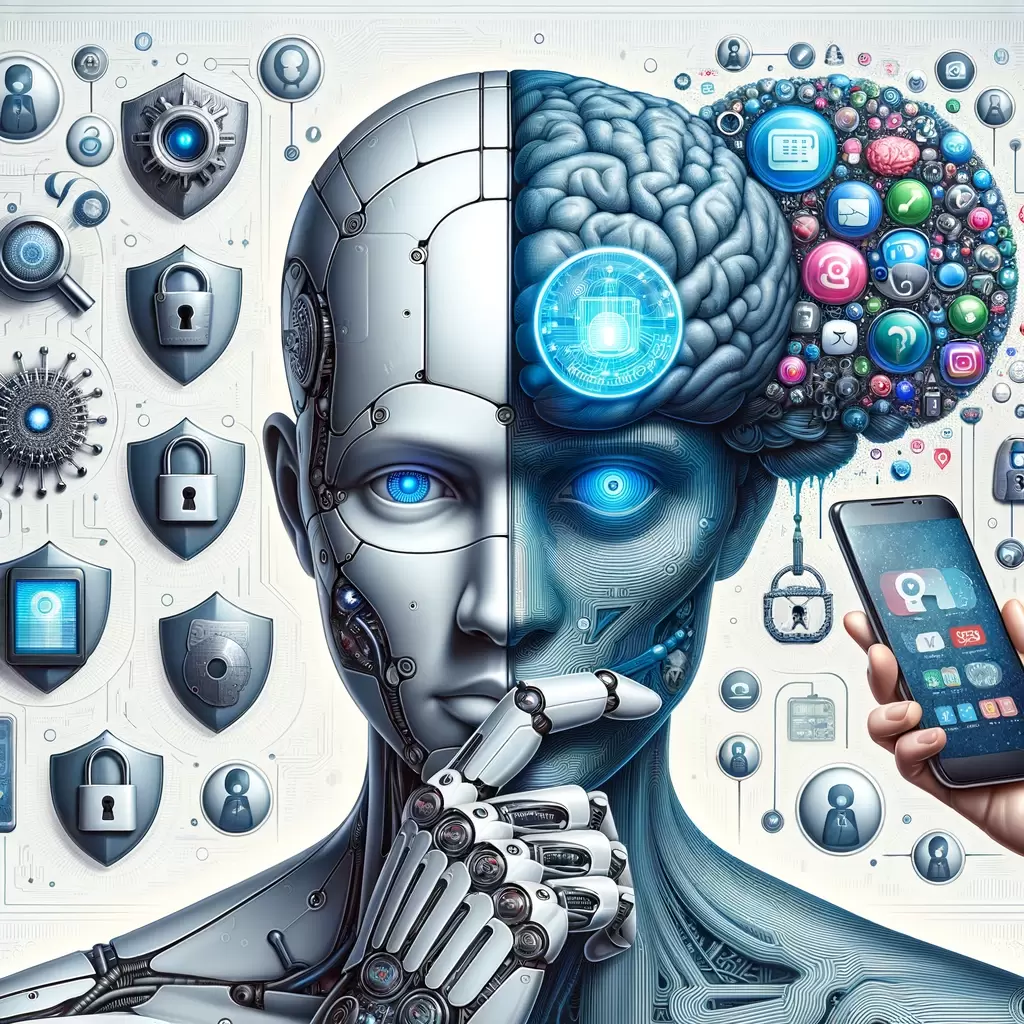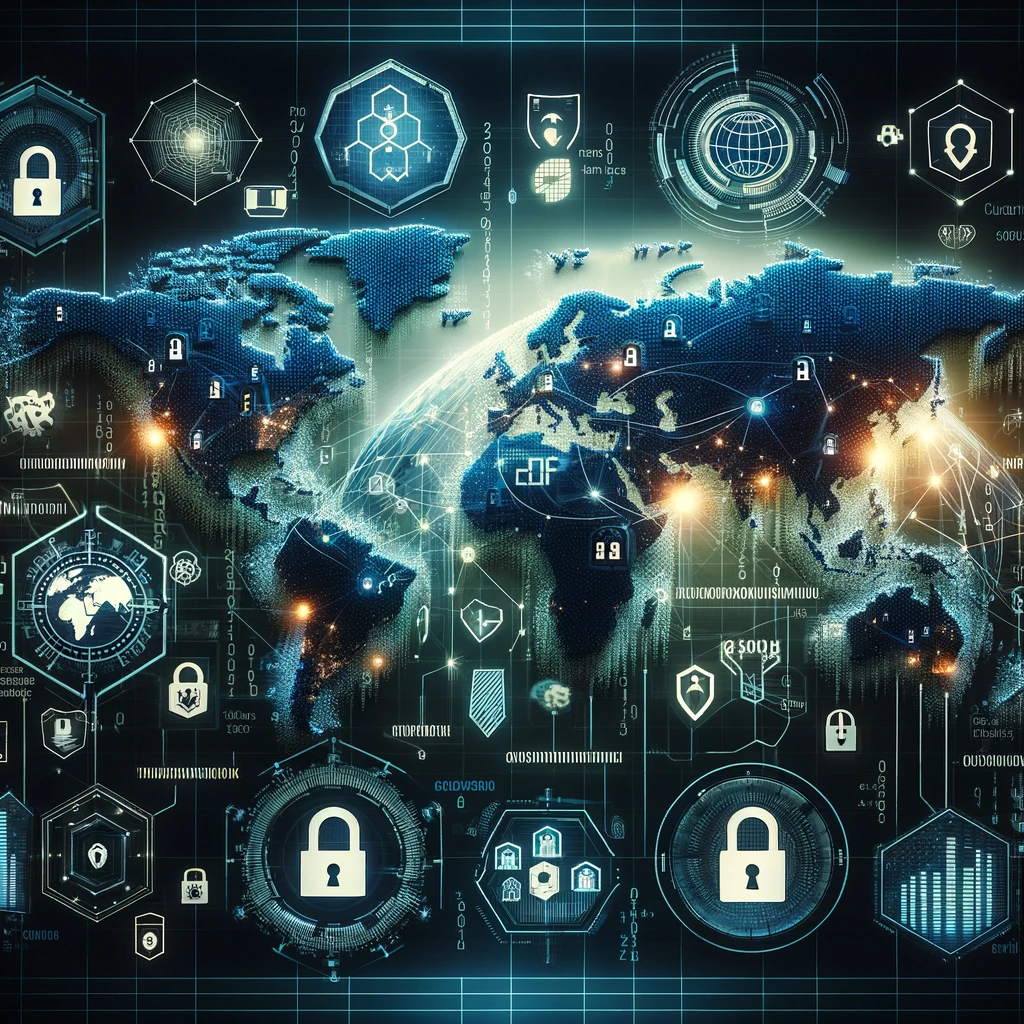|
The proliferation of deepfake technology, particularly through the Visual Affective Skill (VASA) system, presents a new frontier in cybersecurity challenges. As VASA systems enhance the capability to create hyper-realistic video and audio content, they also open up potential vulnerabilities. For cybersecurity practitioners, understanding these risks and preparing to counter advanced hacking tactics is paramount.
0 Comments
In one corner of cyberspace, there's a fervent debate about privacy concerns with machine language models like ChatGPT, Gemini, and Copilot. Meanwhile, in a far more routine corner of our digital lives, the privacy settings of social media and messaging apps go unnoticed. Isn't that ironic? As an academic and observer of this fascinating digital world, I've always believed that security is a perception, shaped by our awareness of threats and risks. Through this article, I aim to shed light on this irony and promote a more nuanced understanding of our online security.
 In an increasingly interconnected world, information security has become a cornerstone for the success and sustainability of businesses. In this landscape, a crucial question arises: Is it better to hire a full-time employee or seek the expertise of a specialized consultant in cybersecurity and information systems? The answer to this question can define your company's ability to navigate the murky waters of digital threats. A cybersecurity consultant not only brings extensive technical expertise but also offers a strategic and tactical vision that aligns perfectly with your business's security and growth objectives. Navigating the Evolution of Cybersecurity: Understanding the Transition from NIST CSF 1.0 to CSF 2.02/28/2024  The landscape of cybersecurity is constantly evolving, challenging organizations to adapt and enhance their security measures. The National Institute of Standards and Technology's Cybersecurity Framework (NIST CSF) has been a pivotal guide in this journey. With the release of CSF 2.0, significant advancements have been made, building upon the foundation laid by CSF 1.0. In this blog post, we will explore the key differences and improvements brought by CSF 2.0, focusing on its scope, focus, structure, and additional features. In 2023, the cybersecurity world witnessed a diverse array of sophisticated threats. From credential stuffing to ransomware, and nation-state attacks, the landscape has evolved rapidly, presenting new challenges for businesses and individuals alike. This post delves into some of the year's most significant breaches, highlighting crucial lessons and strategies for a more secure future.
 In the digital age, the importance of information security cannot be overstated. As we navigate the complex landscape of cybersecurity, one factor often stands out as both a potential risk and a line of defense: the human factor. This was the focus of my recent doctoral dissertation, where I explored the behavioral and cross-cultural factors that influence an individual's intention to comply with information security policies. It is well known that humans are the weakest link in the information security chain, but specifically, who are them? Well, you may guess, “they” are everyone. I have been in both sides, as a user and as a system admin; and in both sceneries humans tend to make mistakes. It’s human nature.
Blended Learning: An Alternative for Undergraduate Anatomy Teaching in Developing Countries3/16/2018 Anatomy, the study of tissues, organs and systems in the body, is an essential component in the curricula of many health professions. Due to curricular design, complexity of the learning material, and time devoted to teaching, anatomy learning could be compromised. Anatomy instructors and educational institutions must look for ways to complement anatomy teaching in order to better prepare students for what they will find at both, the graduate level and the work environment. In this review, we compared multiple approaches for anatomy teaching, and blended learning appears to give better results for contents comprehension, retention, and academic development.
 Designed by Freepik Designed by Freepik The objective of this research was to develop a framework for understanding the Convergence of Cloud Computing, Machine Learning, and Internet of Things as the future of Decision Support Systems. To develop this framework, the researchers analyzed and synthesized 35 research articles from 2006 to 2017. The results indicated that when the data is massive, it is necessary to use computational algorithms and complex analytical techniques. The Internet of Things, in combination with the large accumulation of data and data mining, improves the learning of automatic intelligence for business. This is due to the fact that the technology has the intelligence to infer and provide solutions based on past experiences and past events. |
AuthorDr. Gilberto Crespo is an information security researcher & technology expert. Archives
June 2024
Categories
All
|







